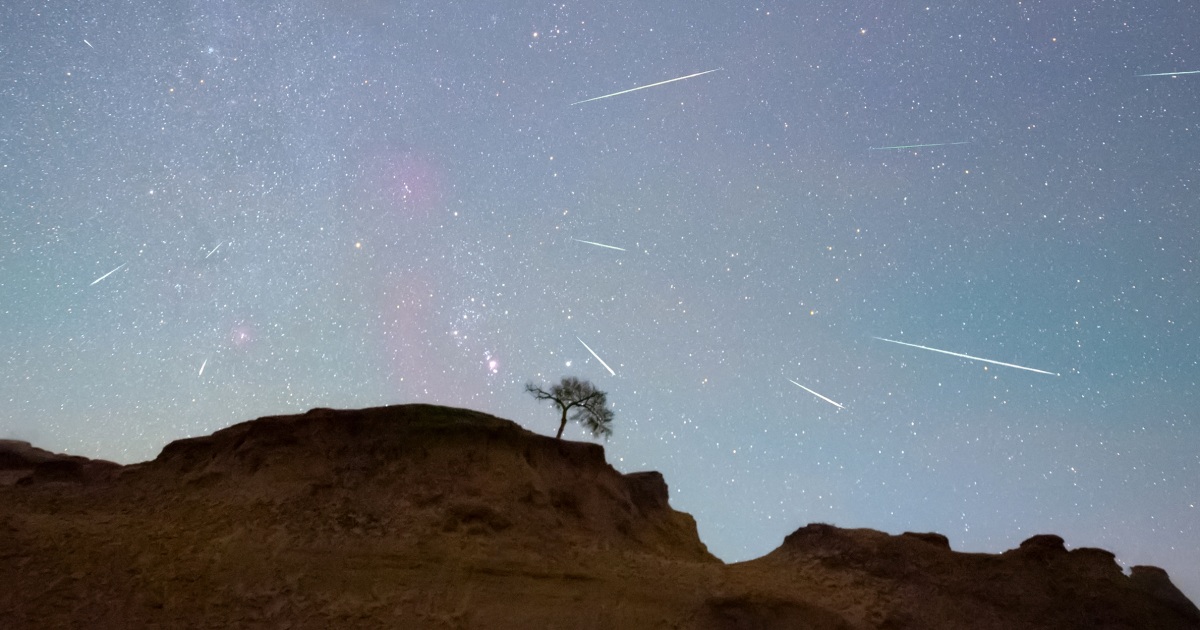
Optical Emission Spectroscopy
Optical Emission Spectroscopy (OES) is a technique used in space and astronautical engineering to analyze the elemental composition of materials. It involves exciting a sample material with a high-energy source, such as a laser or plasma, causing it to emit light. The emitted light is then analyzed to determine the elemental composition of the material. OES is commonly used in the analysis of spacecraft materials, such as thermal protection systems and engine components, to ensure their reliability and safety in extreme environments. It is also used in the analysis of planetary surfaces and atmospheres to determine their composition and potential habitability.
Your Previous Searches
Random Picks
- Mission Operations Plan: A Mission Operations Plan (MOP) is a comprehensive document that outlines the procedures and protocols for conducting a space mission. It includes details on the mission objectives, spacecraft design and capabilities, launch and deployment ... Read More >>
- Terrestrial Planet: A terrestrial planet is a planet that is primarily composed of silicate rocks or metals. These planets are also characterized by having a solid surface and being relatively small in size compared to gas giants. Terrestrial planets are typic ... Read More >>
- Distress Alerting: In the context of aerospace engineering, Distress Alerting refers to a system or process designed to signal or communicate an emergency situation in an aircraft or spacecraft. This system is crucial for the safety and survival of the crew a ... Read More >>
Top News

Bestselling author explains the science of happiness: "You can do the work"...
Bestselling author and Harvard professor Arthur Brooks opens up about how enjoyment, satisfaction and meaning in life can increase a person's wellbeing....
News Source: CBS News on 2024-11-18

November's full moon, known as the Beaver Moon, is the last supermoon of 2024. H...
November's full moon, known as the Beaver Moon, is the last supermoon of 2024. Here's when it peaks and why it's called the Beaver Moon....
News Source: CBS News on 2024-11-15

You can't put a price on the sense of awe particle physics inspires...
Astronomy and particle physics are no longer seen as vital by the US establishment, so funding has fallen. But our work creates a sense of wonder, and wonder matters, says Chanda Prescod-Weinstein...
News Source: New Scientist on 2024-11-13

If you want to stretch your gift game into days this holiday, check out these ad...
The advent calendar phenomenon is growing every year, with so many exciting, fun, beautiful, and delicious options available...
News Source: ABC News on 2024-11-04

November brings a bonanza of meteor showers...
November brings a skywatching bonanza, with three meteor showers — the Southern Taurids, Northern Taurids and Orionids — offering chances to see shooting stars....
News Source: NBC News on 2024-11-02